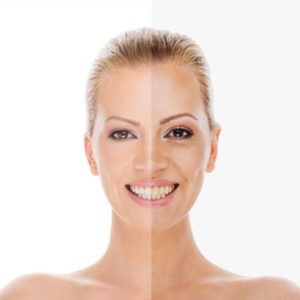 Kingsport, TN
Kingsport, TN
As the saying goes, “A picture is worth a thousand words.” This philosophy is true even in dentistry, especially regarding photographs showcasing before and after cases. Patients often scour the Internet looking for the best dentist, and photos showing results from your current patients significantly impact whether the patient will choose your practice. If you don’t think enough about your work to take decent photos, then patients aren’t going to believe that you care about the work that you do. Don’t make the mistake of some dentists and take low-quality photos or none at all. Today on the blog, we’re sharing tips on taking the best before and after photos in dentistry. Follow these tips to capture the true essence of your work for others to see.
The best type of camera to use
You might be tempted to grab your smartphone to snap before and after photos. While using your phone is a great idea and convenient for capturing memories to share on social media, it isn’t practical, nor is it secure to use for photographing patient cases. Instead, spend a little cash and invest in a nice DSLR (Digital Single Lens Reflex), not a point-and-shoot camera that isn’t going to provide you with the best results. The Canon Rebel series is popular and affordable, although there are other brands to choose from, like Nikon and Olympus. The takeaway here is to choose a DSLR that offers interchangeable lenses that fit your picture-taking needs.
Let’s talk about camera lenses
Photographing teeth requires the use of a macro lens. Macro lenses are excellent for taking close-up photographs, even as close as one or two teeth, and producing exceptional quality that can show details of your work. However, macro lenses are available in different millimeters, and it matters which type you use.
- For full mouth photos, use a 60mm macro lens.
- Photos of quadrants photograph well using an 85mm macro lens.
- For close-ups of up to two teeth, use a 90mm macro lens.
The perfect lighting
Calibrating the lighting is essential when attempting to capture beautiful digital photos in dentistry. You don’t want to waste your efforts by pairing a high-quality camera with a cheap lighting ring, which is difficult to calibrate. Instead, popular DSLR cameras offer a mountable lighting ring that can easily be adjusted to fit your indoor lighting needs, creating consistent, dynamic photos.
When it comes to capturing the images, this will take some practice. Before photographing patients, let your team members practice on each other so that everyone can get become familiar with the camera and lighting. If you still need help, you can have your camera and light professionally calibrated to fit your unique needs. However, a little time and effort should yield the results that you want.
Why bother with professional-looking photos?
Learning how to take the best dental photos provides many benefits. Showcasing these images can help attract new patients, increase case acceptance, and provide beneficial information to the dental lab for making restorations. All of these benefits ultimately increase your bottom line, so it’s a small investment for a huge payoff!
Premier Dental Arts is a dental laboratory in Kingsport, Tennessee. We work as a team to ensure we produce the best results for our clients. To learn more about our dental laboratory services or contact us directly by calling (888) 732-5221.
